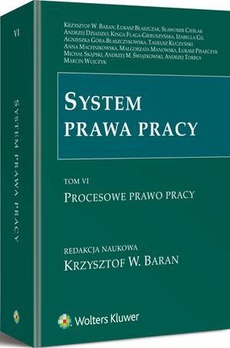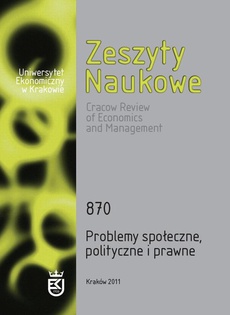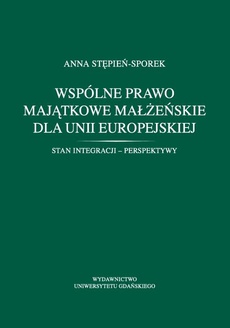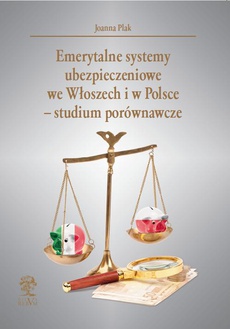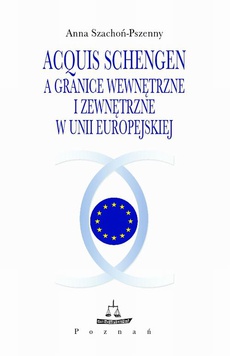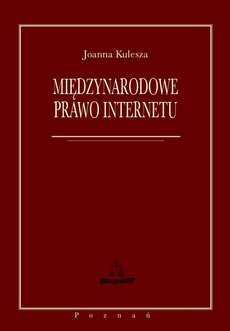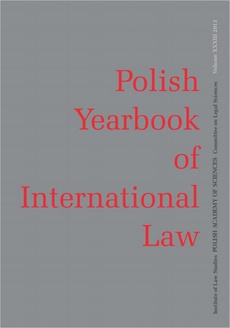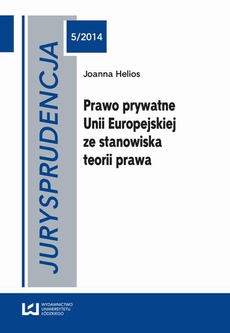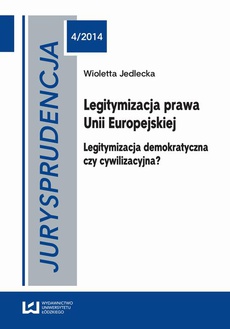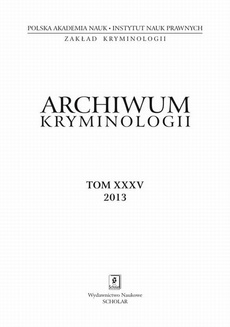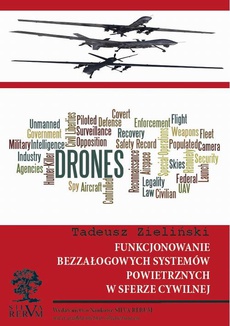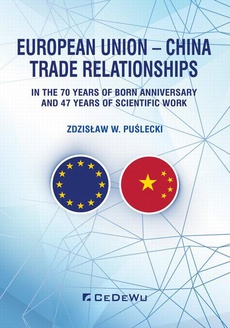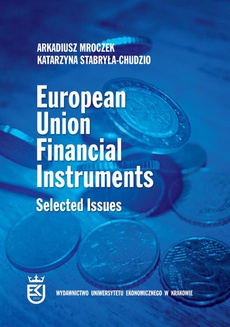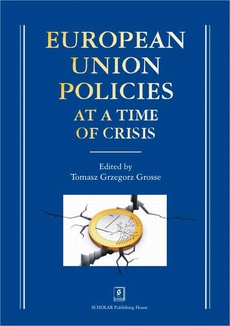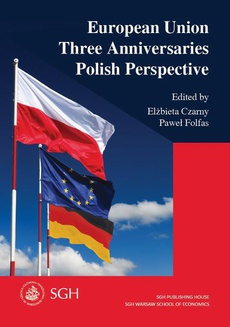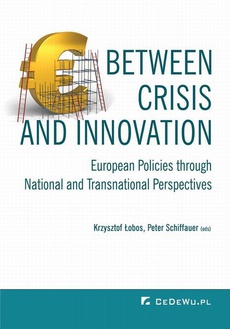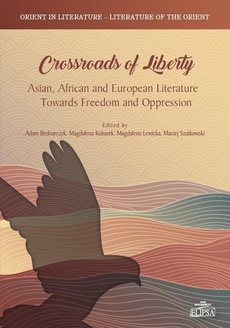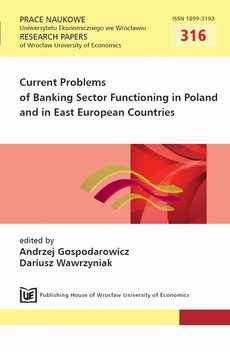INNE EBOOKI AUTORA

European Union Private International Labour Law (EU PILL)
Format:
ibuk
e-ISBN: 978-83-233-8389-5
The European Union as an area of freedom, security and justice has created a community which adheres to unified laws. In matters regulated by labour law (individual and collective) as well as social security law, the above aim may be met by introducing unified regulations, allowing for identical ways of resolving conflicts of labour law that arise in work relations where there is a cross national element present. In order to ensure legal stability within work relations, national regulations concerning international private labour law had to be replaced by unified conflicts of law norms. These norms are to be applied by both employees and employers of EU member states as well as applied in work relations situations where third parties are involved. EU private international law is a collection of international private labour law regulations issued by EU institutions, which unanimously and in a unifying fashion describe the legal situations of the parties to a work relationship, where there is a foreign element present, allowing for the application of foreign laws based on citizenship, residency, where the headquarters of one of the parties is located, where the work is carried out or where the action has taken place. This book is devoted to regulating labour relations and social security conflict issues and contains material on international treaties enforced in the EU (Regulation No. 593/2008 "Rome I," Regulation No. 864/2007 "Rome II," Council Directive No. 38/2009 on the establishment of a European Works Council, Regulation No. 883/2004 on the coordination of social security systems). Such treaties uniformly regulate the resolution of conflicts in individual and collective labour relations and coordinate national social security systems required for clarity purposes. Thanks to such clarity, decisions can easily be made with regard to matters relating to the selection of appropriate systems of substantive and procedural law, and indicate whether labour courts have the jurisdiction to rule in contested cases arising from such legal relations (Brussels, Lugano conventions and the EC Council Regulation No. 44/2001 on the jurisdiction, recognition and enforcement exercising in civil matters).
| Rok wydania | 2012 |
|---|---|
| Liczba stron | 344 |
| Kategoria | Prawo Unii Europejskiej |
| Wydawca | Wydawnictwo Uniwersytetu Jagiellońskiego |
| ISBN-13 | 978-83-233-3172-8 |
| Numer wydania | 1 |
| Język publikacji | polski |
| Informacja o sprzedawcy | ePWN sp. z o.o. |
POLECAMY
Ciekawe propozycje
Spis treści
| Introductory Comments | 9 |
| Part I. Preliminary Part | 11 |
| Chapter 1. The subject of international private labour law | 13 |
| Chapter 2. An attempt to erradicate any national labour law conflicts within EU private international labour regulations | 25 |
| Part II. Conflicts of law of individual labour law in the light of the Rome Convention of June 19, 1980 and Regulation of the European Parliament and the Council of the European Communities No. 593/2008 of June 17, 2008 on the law applicable to contractual obligations (“Rome I”) | 47 |
| Chapter 1. Rome Convention | 49 |
| § 1. Preparation of the Rome Convention | 49 |
| § 2. The approach of the Rome Convention to the other provisions of private international law rules regulating conflicts of law in obligations | 58 |
| § 3. The scope of the Rome Convention | 63 |
| Chapter 2. Resolving confl icts of substantive labour law in the Rome Convention (“Rome I”) | 90 |
| § 1. Freedom of choice | 90 |
| § 2. Law in the absence of choice | 110 |
| § 3. Determinants in matters regulated by individual employment law | 117 |
| § 4. Mandatory rules | 129 |
| § 5. Scope of applicable law for employment contracts | 132 |
| Chapter 3. Converting the Rome Convention into Regulation No. 593/2008 (“Rome I”) | 140 |
| Part III. Conflict of law issues in individual labour law in light of the Regulation (EC) No. 864/2007 of the European Parliament and the Council of the EU ( July 11, 2007), concerning law applicable to Non-Contractual Obligations (“Rome II”) | 153 |
| Introduction | 155 |
| Chapter 1. Lex loci damni | 156 |
| Chapter 2. The freedom to elect an appropriate law for non-contractual obligations | 162 |
| Chapter 3. Conflict rules of substantive labour law relating to specific non-contractual obligations arising from tort | 166 |
| § 1. Unfair competition | 166 |
| § 2. Unjust enrichment | 168 |
| Part IV. Conflicts of law in collective labour law Introduction | 171 |
| Chapter 1. Conflicts of law in collective labour law in the Council Directive No. 38 of May 6, 2009 on the establishment of a European Works Council or a procedure in Community-scale undertakings and Community-scale groups of undertakings for the purposes of informing and consulting employees (2009/38/EC) | 175 |
| Chapter 2. Regulation (EC) No. 864/2007 of the European Parliament and the Council of July 11, 2007 concerning the law applicable to non-contractual obligations (“Rome II”) resulting from collective actions | 190 |
| Part V. Conflicts of law in social security – the coordination of national social security systems of EU Member States according to the regulation of the European Parliament and Council Regulation (EC) No. 883/2004 of April 29, 2004 on the coordination of social security systems | 199 |
| Chapter 1. The function of European social security regulations | 201 |
| Chapter 2. The scope and method of application of Regulation No. 883/2004 | 211 |
| § 1. Persons covered | 211 |
| § 2. Scope | 212 |
| § 3. Equal treatment | 213 |
| § 4. Aggregation of periods of social security | 214 |
| § 5. The relationship between Regulation No. 883/2004 and the other social security benefi ts coordination instruments | 218 |
| Chapter 3. The Determinants of Coordinating Laws | 220 |
| § 1. General principles | 220 |
| § 2. Exceptions to the general principles | 225 |
| § 3. Specific provisions for different categories of social security benefits | 227 |
| Part VI. International procedural labour law of the European Union Chapter 1. Th e subject of international procedural labour law | 249 |
| Chapter 1. The subject of international procedural labour law | 251 |
| § 1. Introduction | 251 |
| § 2. The EU basis for the legal regulation of international procedural labour law | 257 |
| § 3. The obligation of equal treatment of Community citizens in civil proceedings conducted by the courts of the Member States | 263 |
| Chapter 2. Jurisdiction, recognition and enforcement of judgements in matters of employment law | 270 |
| § 1. Introduction | 270 |
| § 2. The scope of the Brussels Convention, Lugano Convention and the EC Council Regulation No. 44/2001 of December 22, 2000 on the jurisdiction and recognition and enforcement exercising in civil matters | 272 |
| § 3. Jurisdiction | 277 |
| § 4. Recognition and enforcement of judgements | 300 |
| Chapter 3. Judical co-operation of Member States in matters of employment law | 322 |
| § 1. Judicial assistance | 322 |
| § 2. Legal assistance | 328 |
| Selected bibliography | 331 |

